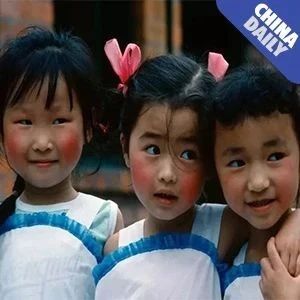

Eminent French photographer Bruno Barbey once said, "Photography is the only language that can be understood anywhere in the world."
法国摄影家布鲁诺·巴贝曾说:“摄影是唯一一门在世界上任何地方都能被理解的语言。”

▲ 上海幼儿园 1980(啊,多么熟悉的腮红!)
Barbey, who died in November, had traveled a lot in China since the early 1970s. His snapshots document the course of the country's development over the past four decades, offering both a grand historic account and a personal perspective of China.
巴贝先生于上月去世。自上世纪70年代以来,他曾多次来华走访拍摄。他用镜头记录下过去40年间中国的发展进程。这些图片既有历史的宏大叙事,也有微观视角的切入。
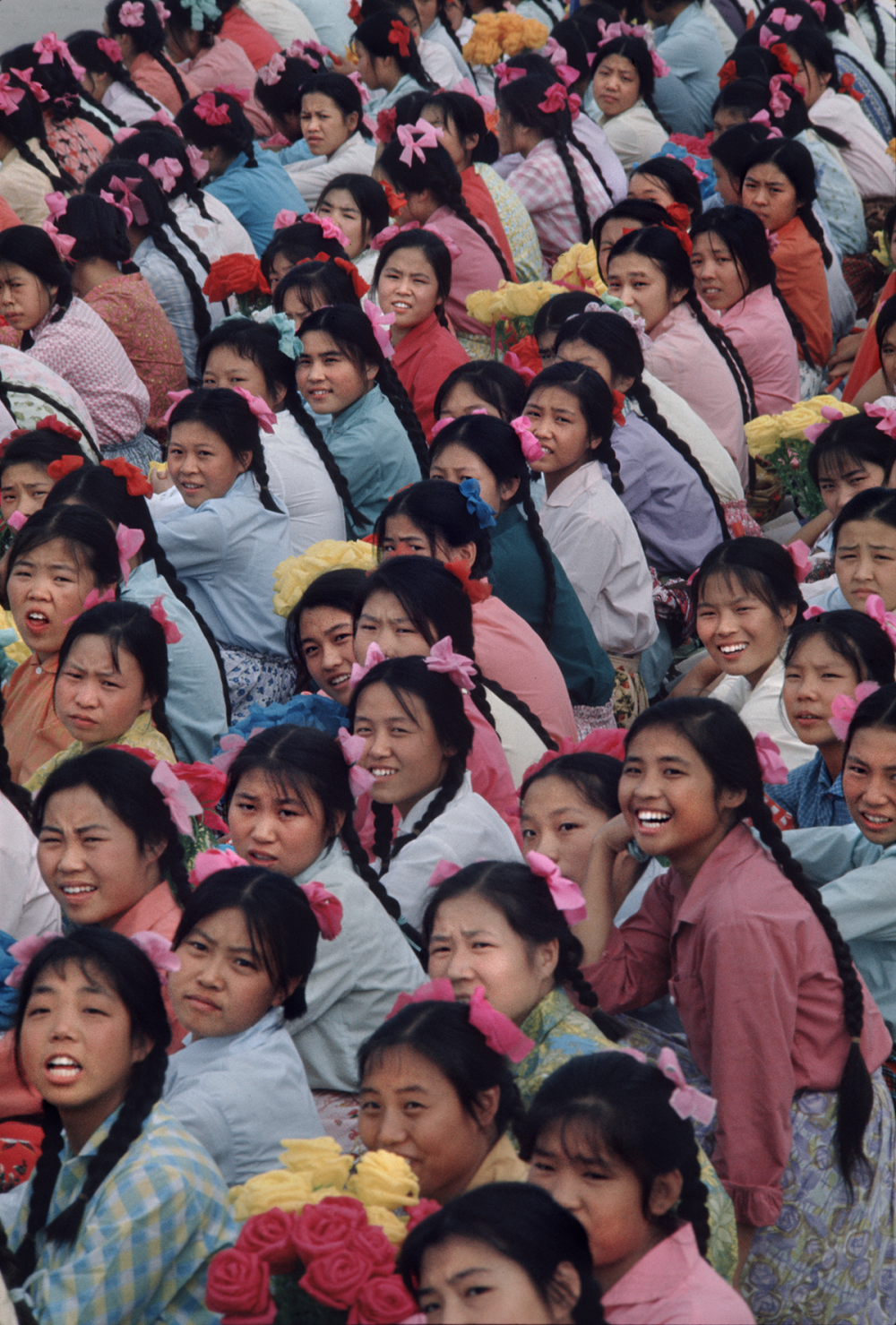
▲ 天安门广场上学生们热烈欢迎法国总统蓬皮杜 1973
The photos he took with Kodachrome film in 1973 and in the 1980s are especially impressive for capturing the historic and colorful moments of a country on the move. Some of them are now on show as part of the Heritage Immortal exhibition, at the National Art Museum of China until Sunday.
巴贝先生的遗作中有这样一批照片令人印象最为深刻,那就是他用当时尚未普及的柯达彩色胶卷拍摄的1973年和80年代的中国,这组照片捕捉了一个国家在向前迈进时的一个个富有历史性的瞬间,这些被定格的瞬间共同勾勒出本色中国。部分图片目前正展出于中国美术馆《不朽的传承》展上,持续展出至周日。
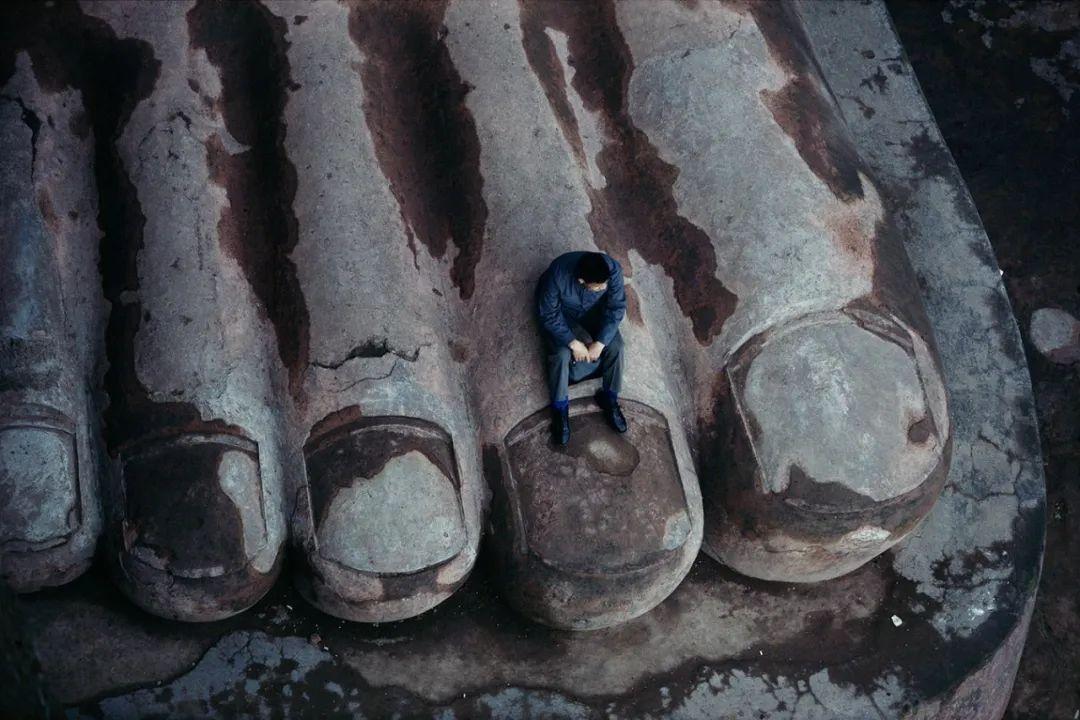
▲ 坐在乐山大佛的脚趾上 1983
Barbey first came to China as a member of a French delegation led by Georges Pompidou who served as France's president from 1969 until his death in 1974.
1973年,巴贝首次来到中国。当时,他是由时任法国总统蓬皮杜率领的法国代表团中的一员。
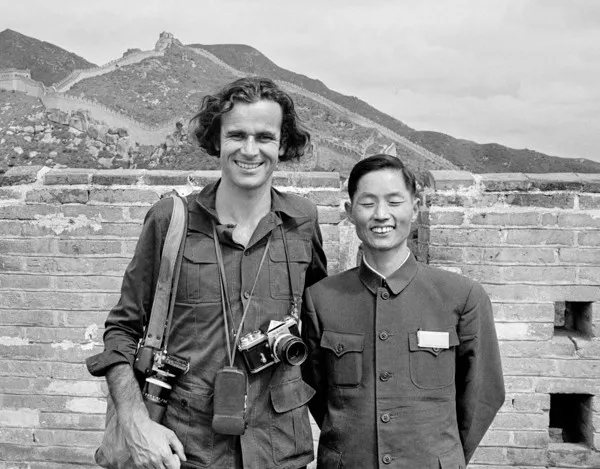
▲ 巴贝和中国翻译,北京,1973
Accompanying the French delegation helped him to extend his visa and stay in China for two more weeks — which he regarded as "very lucky" since travel in the country was relatively restricted to Westerners at that time, Barbey told China Daily when he visited Beijing in 2019 for a solo exhibition at the National Art Museum of China.
去年,巴贝先生为了参加他在中国美术馆个人摄影展的开幕到访北京。在接受《中国日报》专访的时候,他回忆起40多年前的首次中国之旅。他说作为法国代表团的成员,他得以延长签证,并在中国多待了两个星期。这在当时对于一个西方人来说是“非常幸运”的。
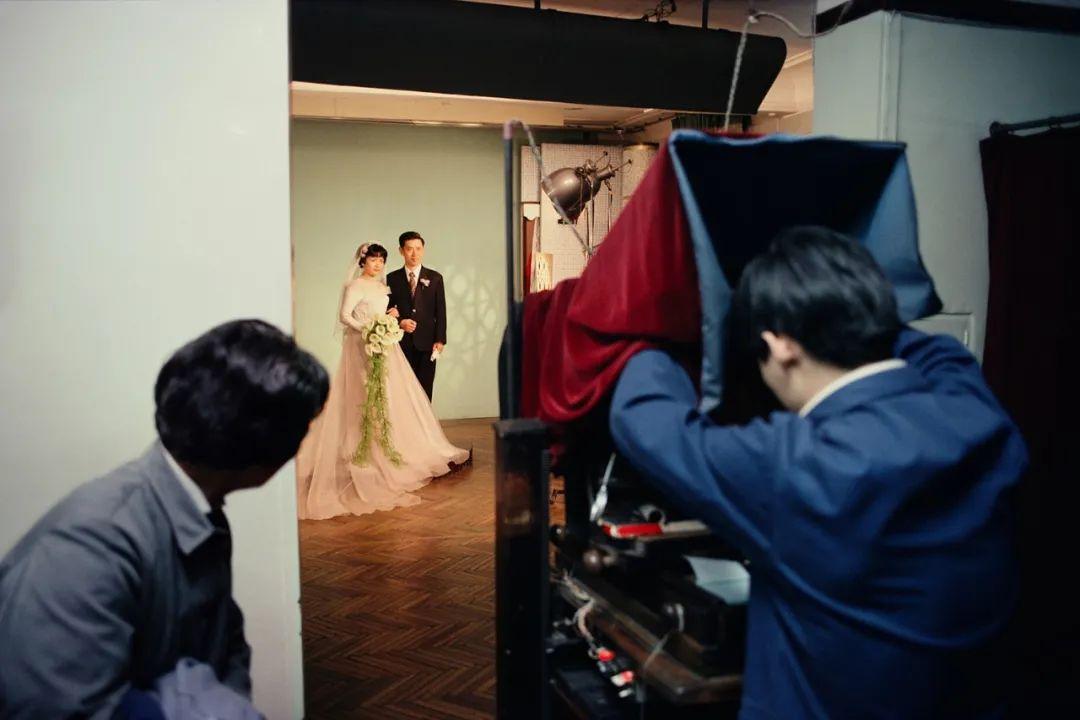
▲ 婚纱照,上海,1980
Barbey returned to China in 1980, this time with his wife Caroline. They traveled extensively around the country, photographing and filming for more than five weeks in Beijing, Shanghai, Sichuan province and Guangxi Zhuang autonomous region.
巴贝第二次再来中国是1980年。这次他和妻子卡洛琳在一个多月内到各地走访、拍摄。除了北京和上海,他们还去了四川和广西。
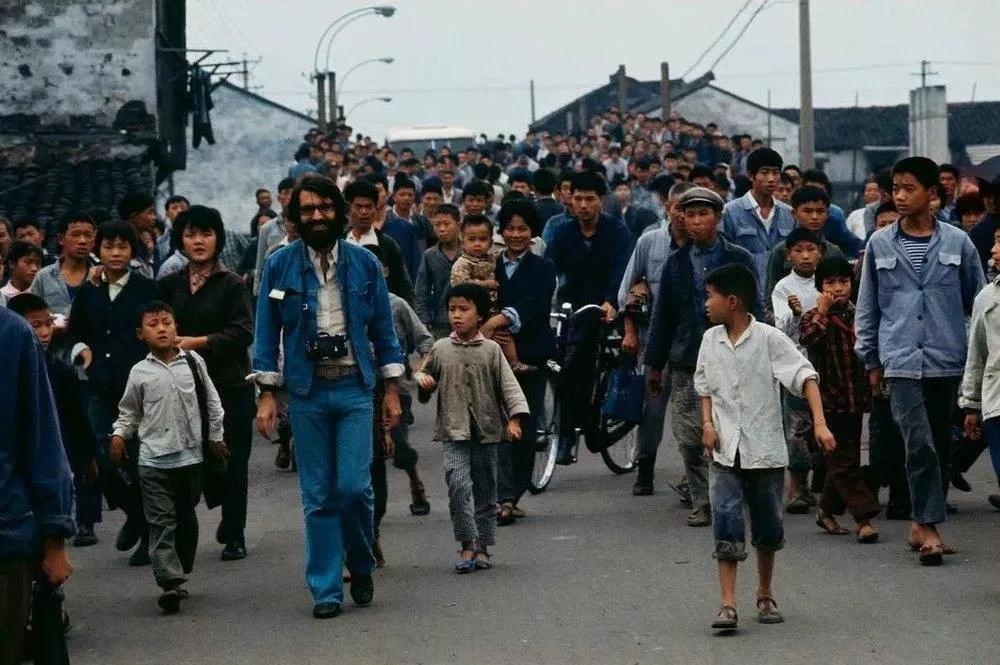
▲ 巴贝和看热闹的老乡们 1980
"Back in the 1970s and 1980s, most pictures of China were taken in black and white. Few of the great photographers from France came to China, and there was not much color photography work shot there in the 1970s," Barbey said.
巴贝先生后来回忆说:”在70、80年代,大多数关于中国的照片都是黑白的。当时得以到访中国的法国摄影家也非常少,更别说是拍摄的彩色照片了。”
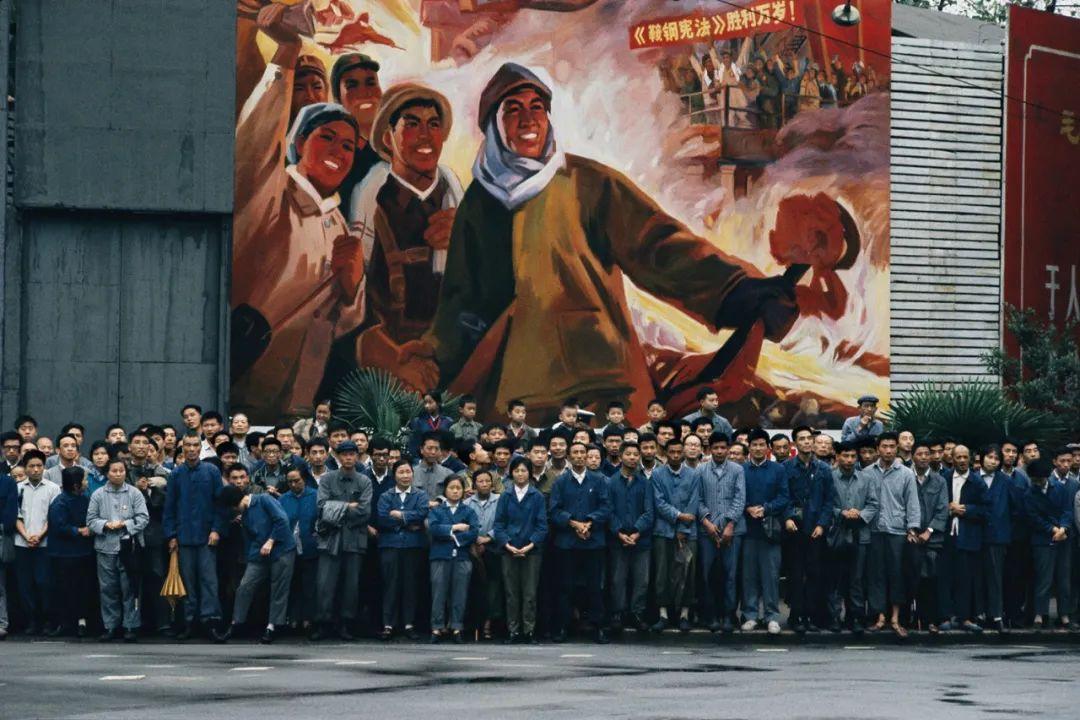
▲ 工人们欢迎法国总统蓬皮杜的车队,上海,1973
When in Shanghai, Barbey met Ba Jin very briefly at his house.
在上海,巴贝还到巴金家里,和这位文学家有了一次短暂会面。
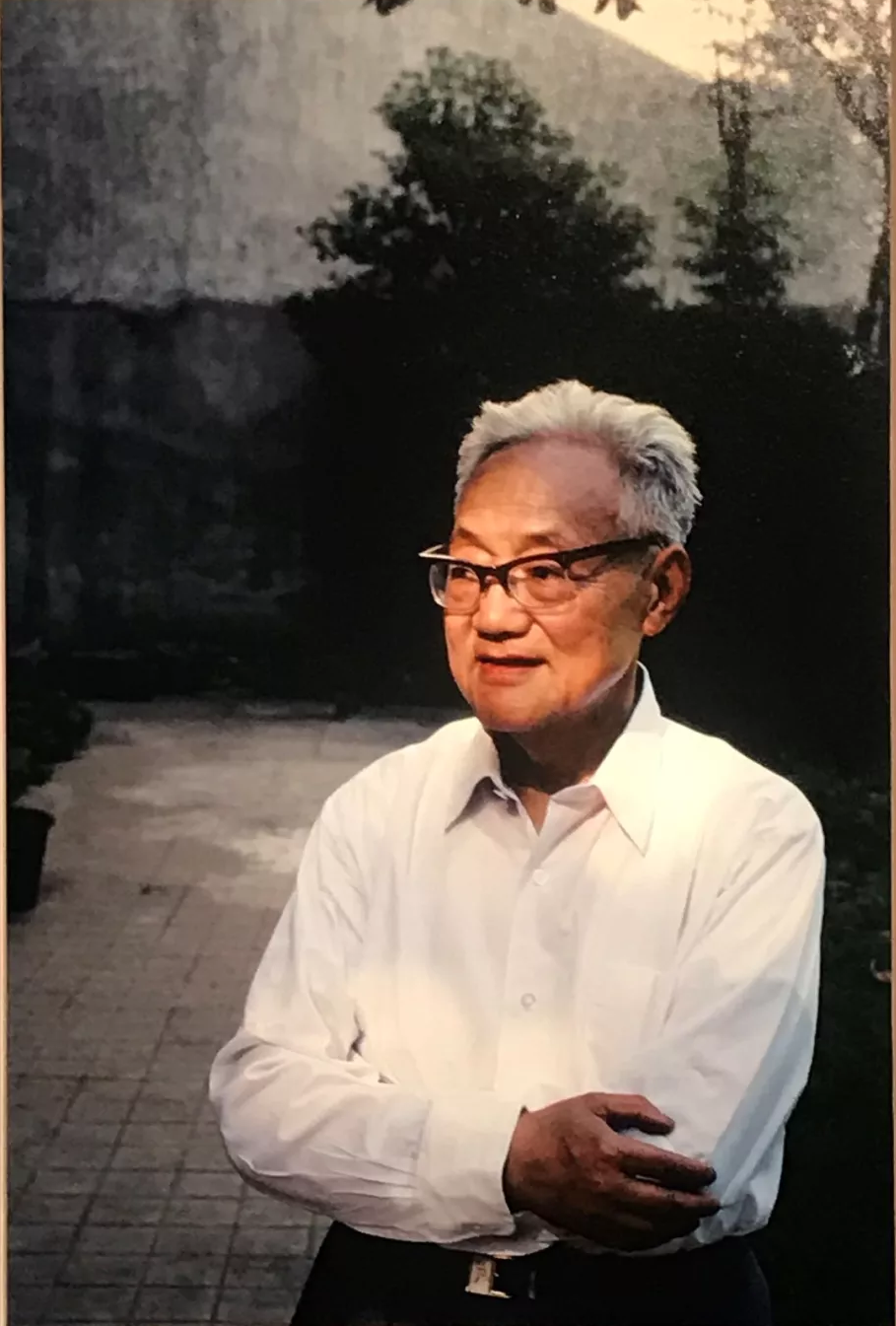
▲ 作家巴金,上海,1980
The prominent Chinese author also studied in France for two years during the late 1920s. Barbey recalled that Ba Jin still spoke French.
巴金先生在20年代末期曾经在法国留学两年。巴贝记得巴金还同他用法语交谈了几句。
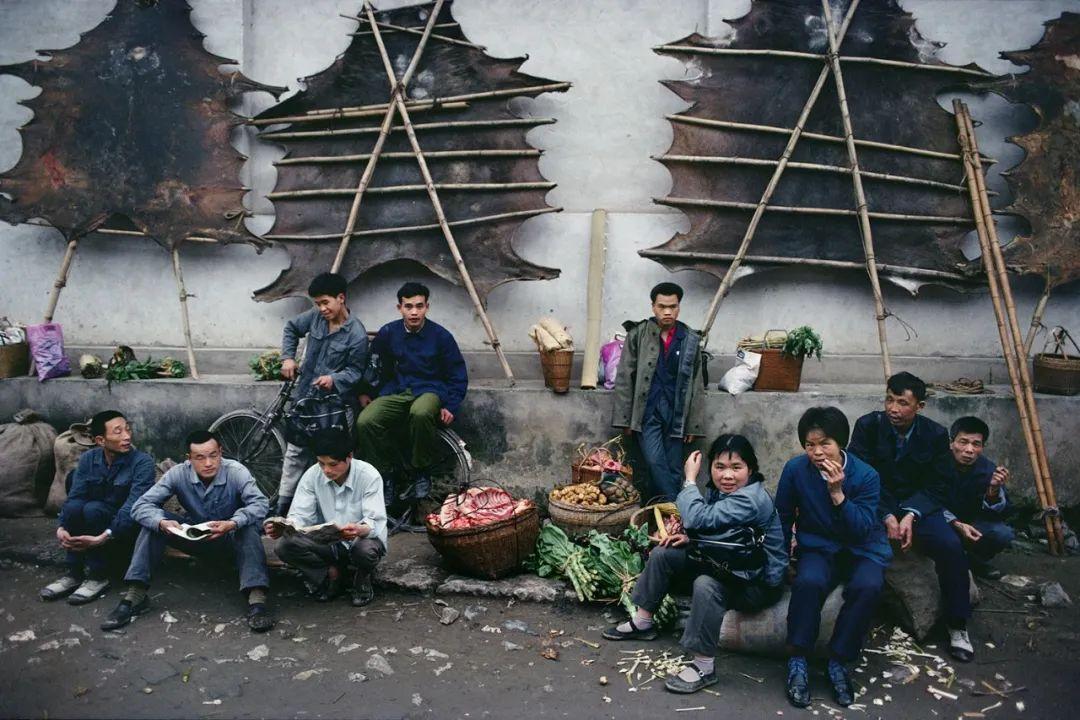
▲ 市场,广西兴安,1980
The warm tones of Barbey's imagery also preserve the vibrant details of people's everyday lives at a time when taking photos remained a luxury for many.
在拍摄彩色照片还是种奢侈的年代,巴贝的这批图片用温柔的色调凝固了当时普通人生活的点点滴滴。
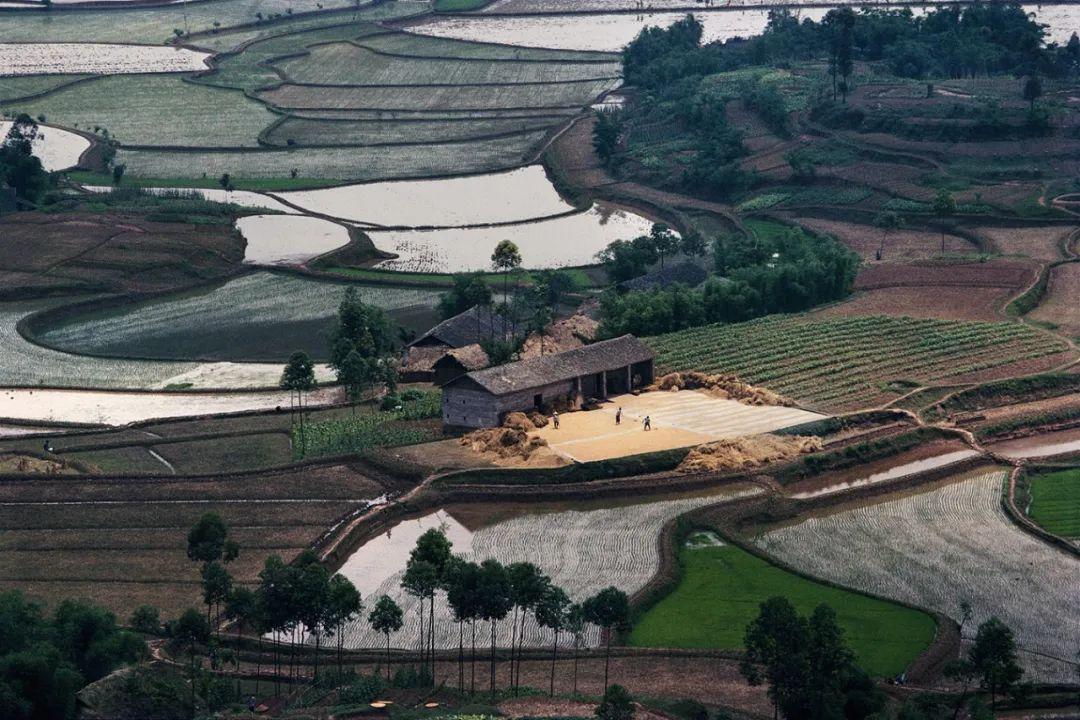
▲ 乐山附近的稻田,四川,1980
Many of the scenes and ways of life have now vanished from the fast-paced metropolis. For example, one photo Barbey took in Nanjing shows boats with elongated sails traveling along the Yangtze River.
照片中的许多场景和生活方式早已消失于快节奏的城市化进程中。比如这张从南京长江大桥上拍摄的照片中,百舸争流,千帆竞发。
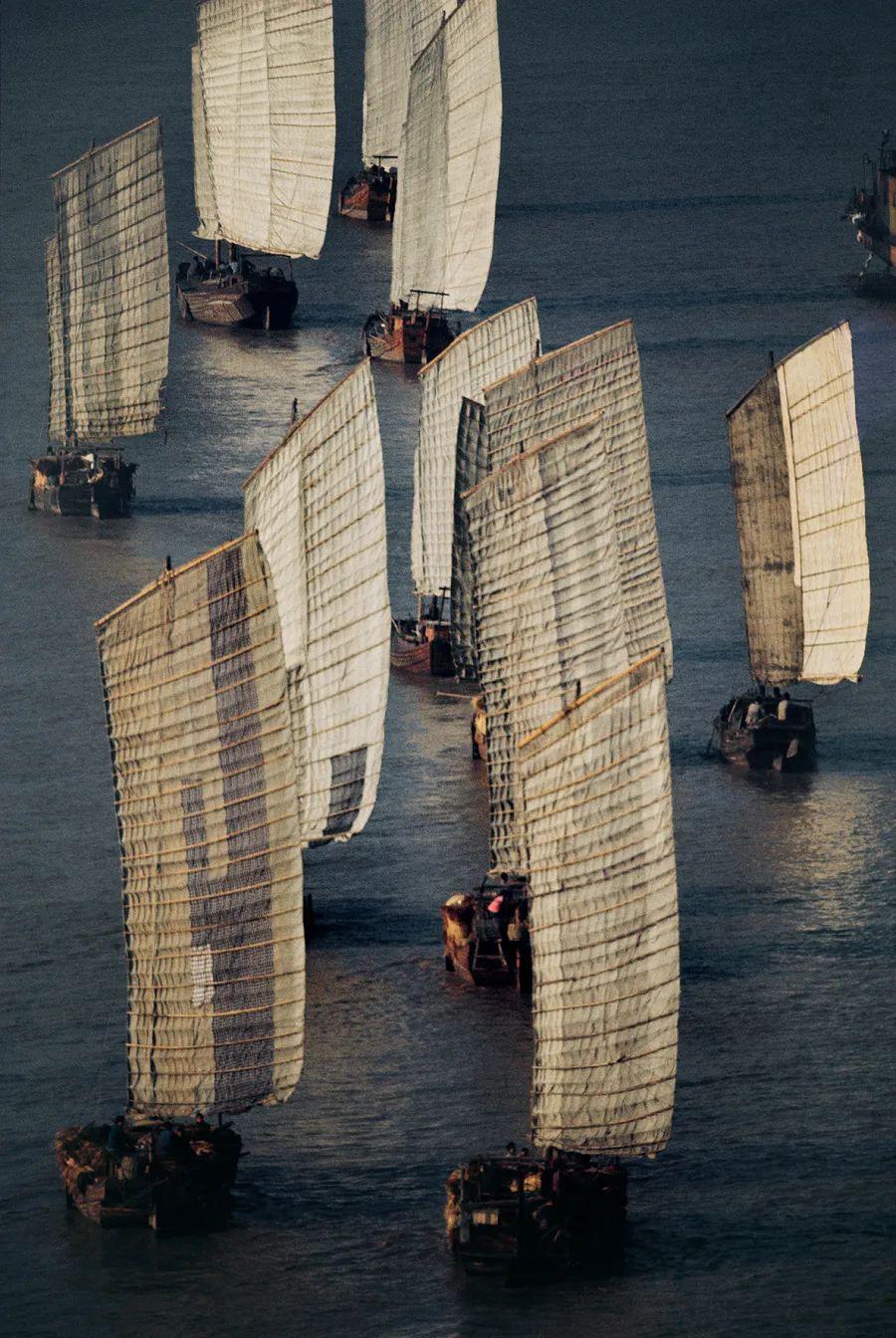
▲ 泛舟长江,南京,1973
Another photo shows paddy fields on the outskirts of Shanghai which have now been replaced by high-rise buildings.
这张照片中出现的上海郊区的稻田,而今早已被鳞次栉比的高楼所取代。
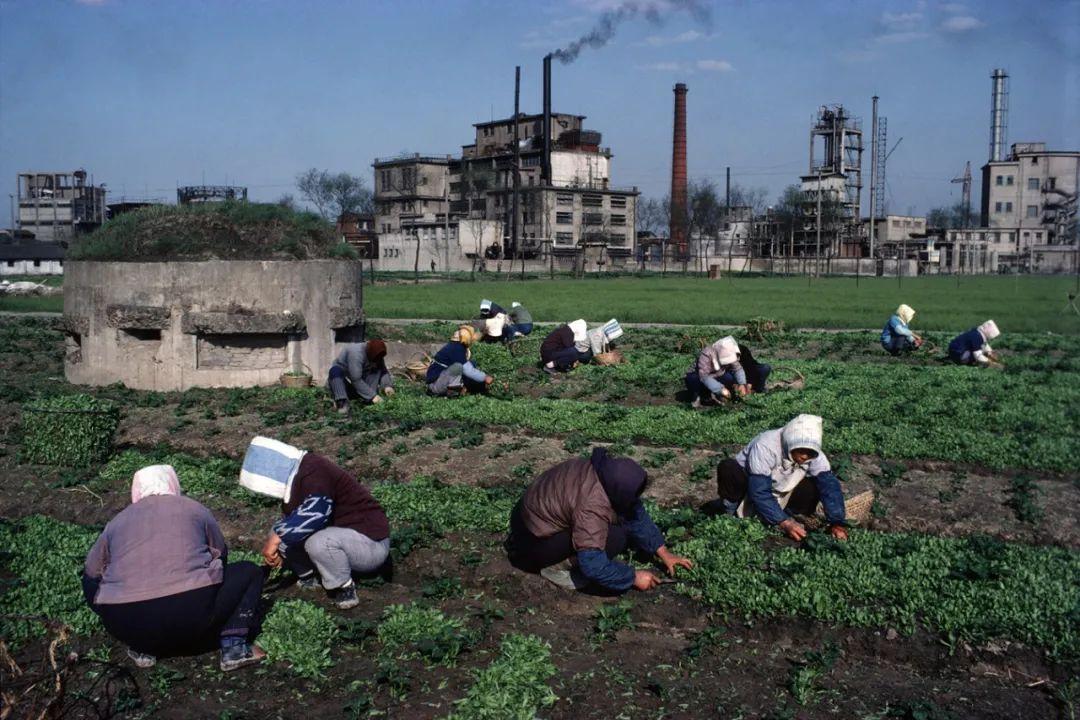
▲ 抗战时期遗留的碉堡,上海,1980
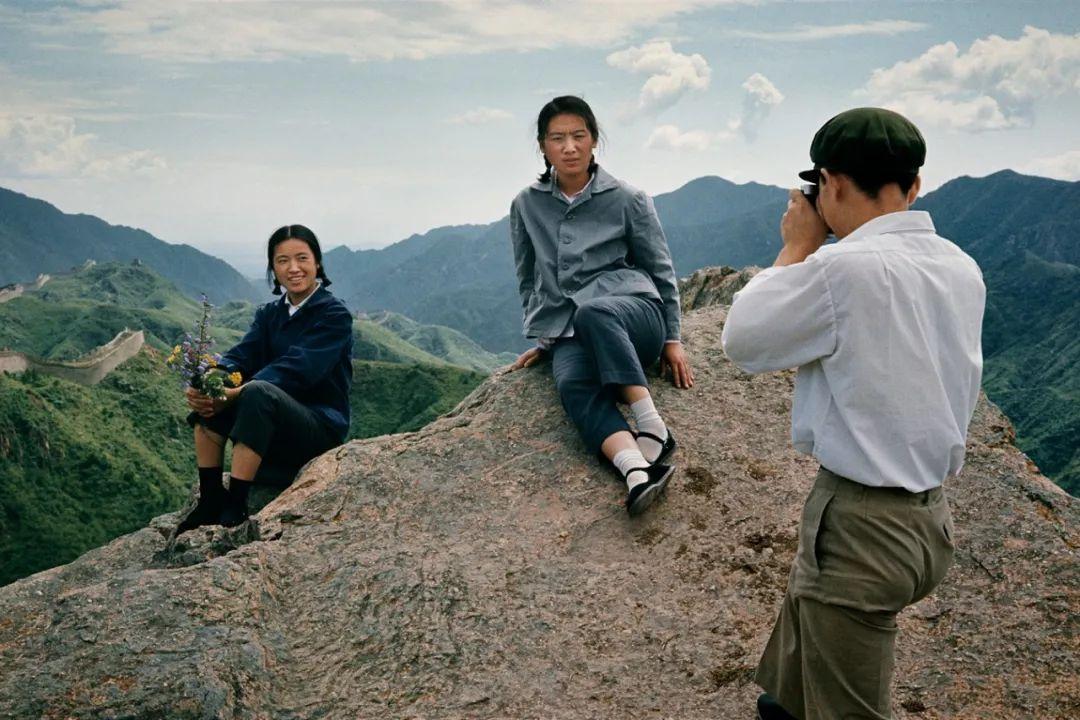
▲ 在长城上拍照,北京,1973
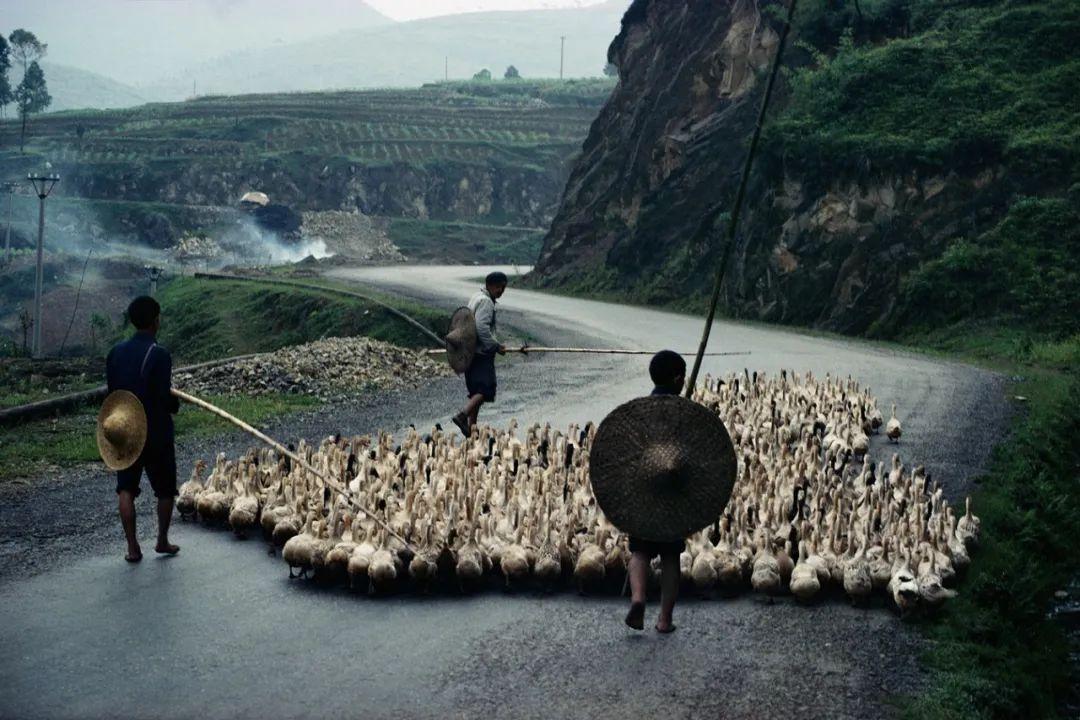
▲ 养鸭人,乐山,1980
▲ 在田野上做早操,上海,1980
Wu Weishan, director of the National Art Museum of China, says that not only did Barbey document China's past, but also, tinged with an insightful sense, he captured its dramatic transformation from a traditional civilization to one in the throes of modernization.
中国美术馆馆长吴为山先生说,巴贝先生所记录的“不止是中国过往的岁月,更是通过多年观察所捕捉到的传统文明向现代化迈进的巨大变革”。
▲ 2019年,巴贝先生在中国美术馆,摄影 姜东
Photos courtesy of artist and National Art Museum of China
图片致谢艺术家和中国美术馆
记者:林琦